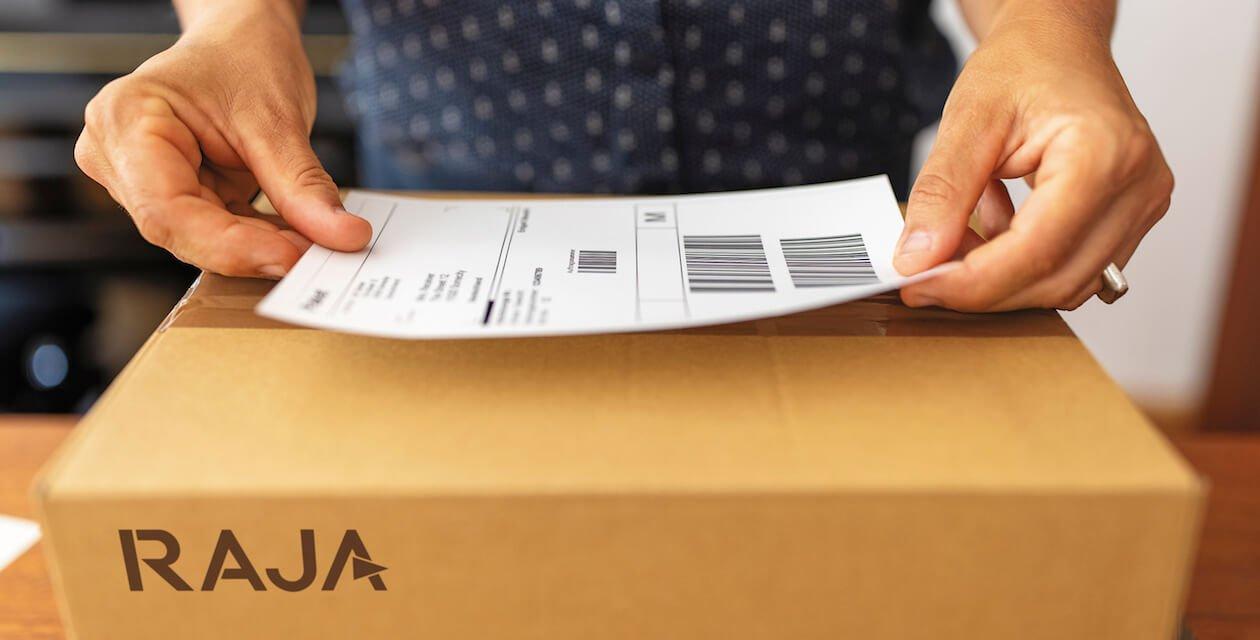All e-tailers dread them, yet they are part of the life of an online shop: customer returns.It is essential for you to anticipate your return policy, as it has a significant impact on different areas of your business
- Sales: a simple, well explained and well designed returns policy is a selling point for e-commerce customers.
- Brand image: offering a smooth customer returns process improves the customer experience and therefore your brand image – remember that 91% of dissatisfied customers will not do business with a brand that has disappointed them the first time!
- Company productivity: a good returns policy enables both the after-sales service and the logistics department to gain in productivity by avoiding the time-consuming processes associated with customer returns.
good news: you’re in the right place to think about your reverse logistics policy, with this guide to designing optimal customer returns processes.
Whatis reverselogistics?reverse logisticsreverse logistics is the process of returning goods to the company that sold them. The objective of reverse logistics is to recover the value of the returned product, or to eliminate it from the supply chain. There are different reverse logistics strategies
|
who to involve in designing your reverse logistics process?
As a first step, it is essential for you as a logistics manager to involve the right people in your company in the creation of your reverse logistics process. After all, it is not only your logistics department that will be involved in the implementation of these processes: a number of other supply chain stakeholders will need to be aware of and understand your returns policy. So make sure you include the following in this phase of reflection
- the marketing department, whose mission is to communicate effectively on the returns policy, in particular to make it a key selling point;
- the e-commerce or information system (IS) department, which must succeed in building a digital platform that will allow customers to indicate when they are returning products and to monitor their returns accurately;
- the after-sales service (AS), which must be able to integrate this returns policy in order to meet customers’ needs, process complaints and refunds, and ensure the traceability of returned orders;
- the logistics department, of course, which must be able to receive and/or store returned orders when they arrive.

Comment rédiger une bonne politique de retour de commandes ?
Deuxième étape pour vous assurer du bon retour de vos marchandises : le fait de créer une politique de retour e-commerce solide. Celle-ci apparaît dans vos Conditions Générales de Vente (CGV), et doit répondre à quelques questions-clés, que voici.
Quel est le délai de retour de vos produits ?
Votre politique de retour de commandes doit spécifier clairement de combien de jours dispose le client, à réception de ses produits, pour effectuer la demande de retour.
Prenez soin de vérifier que ce délai ne soit pas trop court, pour vous assurer que le client ait suffisamment de temps pour essayer les produits.
Cependant, n’oubliez pas qu’un délai de retour trop long pourrait rapidement devenir complexe pour votre reverse logistique, en termes de gestion des stocks, mais aussi pour le service clients qui doit assurer la gestion des retours de manière opérationnelle.
Quel processus le cl
Pre-paid return label: a bad idea?Many e-tailers choose to include a pre-paid order return label in their packaging. This label allows their customers to do nothing more than stick the label on the packaging to return their orders. While this may seem like a good idea in terms ofcustomer experience, it also has its drawbacks
|
quel que soit le processus que vous mettez en place, veillez à le rendre aussi clair que possible dans vos CGV. Plus limpide il sera, moins votre SAV aura de demandes entrantes à traiter sur le sujet.
Quels motifs de retour de commande acceptez-vous ?
Sans doute n’acceptez-vous pas que tous vos articles vous soient retournés. Par exemple, si un produit s’avère défectueux ou endommagé, alors même que sa qualité avait été vérifiée en entrepôt, son retour ne devra pas être pris en compte dans votre politique.
Indiquez donc clairement dans cette politique tous les cas où les marchandises ne pourront être reprises.
Quelles sont vos conditions de remboursement ?
Bon nombre de e-commerçants, souhaitant mettre en place une relation client forte avec leurs cibles, proposent de rembourser certains produits retournés.
Il s’agit en effet de l’un des leviers-phares pour développer la satisfaction client, mais aussi les ventes : sachant qu’il sera remboursé si
besoin,
leclient passe plusai
| Don’t hesitate to test your returns policyChanging some elements of your returns policy can have a significant impact on the customer experience you offer, but also on your sales. So, after designing your policy, take the time to carry out a Proof Of Concept (POC) on a portion of your orders, by asking your customers how they experienced the return of their products. Also, ask the different departments involved in the management of the returns flow if they encountered any blocking elements. This POC will allow you to observe the processes that can be optimised, or the best practices to be deployed in your final order policy. |
how to communicate your returns process?
The third step in ensuring optimal customer returns is to make your returns policy explicitly known to your customers. To do this, be sure to communicate it on different communication media
- on your website: create a returns policy and/or Terms and Conditions page. Need inspiration? Check out the RAJA T&C page. Also, don’t hesitate to highlight this returns policy on your product pages and in the e-commerce conversion tunnel, because a good returns policy is a strong selling point for customers who are worried that their products won’t suit them.
- On theinside or even on your packaging. Once they have received their order, your customers should have direct access to this return policy again, so take the time to highlight its key elements on the packaging itself (in print) with a QR, for example, or in a dedicated brochure inserted in the packaging.
what packaging should you use for optimal customer returns?
The last point to ensure that you limit customer dissatisfaction is to use packaging that is suitable for returns. It is advisable toavoid asking the customer to return the product in the original packaging if it was not designed to withstand a return. Fortunately, there is dedicated packaging for this problem: return packaging. Designed to withstand both outbound and return shipments, this packaging is equipped with a double tear strip, so that customers do not have to find new packaging to return their orders to the company. You can, for example, opt for
 |
Round trip kraft paper shipping pouchesthe labels are ideal for returns of small orders with minimal protection needs. |
 |
60 micron RAJA opaque plastic round trip pouchesthe opacity of these bags ensures the confidentiality of your shipments. |
 |
Cardboard mailers with adhesive closuresthey can be adjusted in height up to 7 cm. |
 |
Brown cardboard boxes with self-adhesive closureselegant but secure, for a great customer experience. |
 |
Brown cardboard boxes with instant assembly and self-adhesive closureseasy to assemble for your packaging line and easy to ship back to your customers. |
now you are ready to set up an optimised customer returns process that will help you reduce your returns costs and improve the experience of your e-commerce customers















